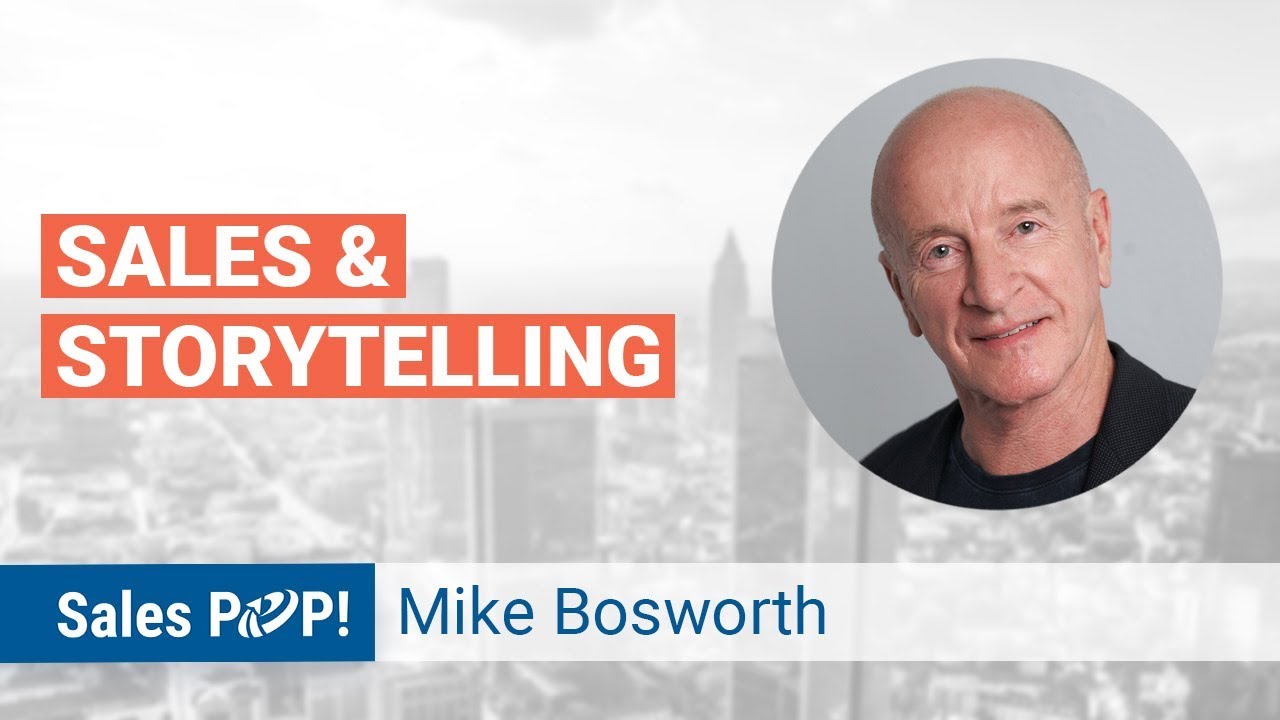Powered by

Learn how to stands out and engage prospects. Move away from legacy ineffective sales presentations and start making decks that rise above the noise.
Short answer
The only way to stand out with your sales presentation is to stop following outdated best practices that leave you with the same-looking sales deck as everyone else. To stand out move away from legacy PowerPoint decks and start making interactive sales presentations.
This post is part of our 5-part sales deck guide series:
Note: you can easily do this at scale with Storydoc by integrating our sales deck creator with your CRM. This lets you generate personalized decks based on your contacts’ information directly from your CRM.
It also provides support for calendar integrations, contact forms, and even live chat widgets, so you can stay in touch on the go.
Stop losing opportunities to ineffective presentations.
Your new amazing deck is one click away!












